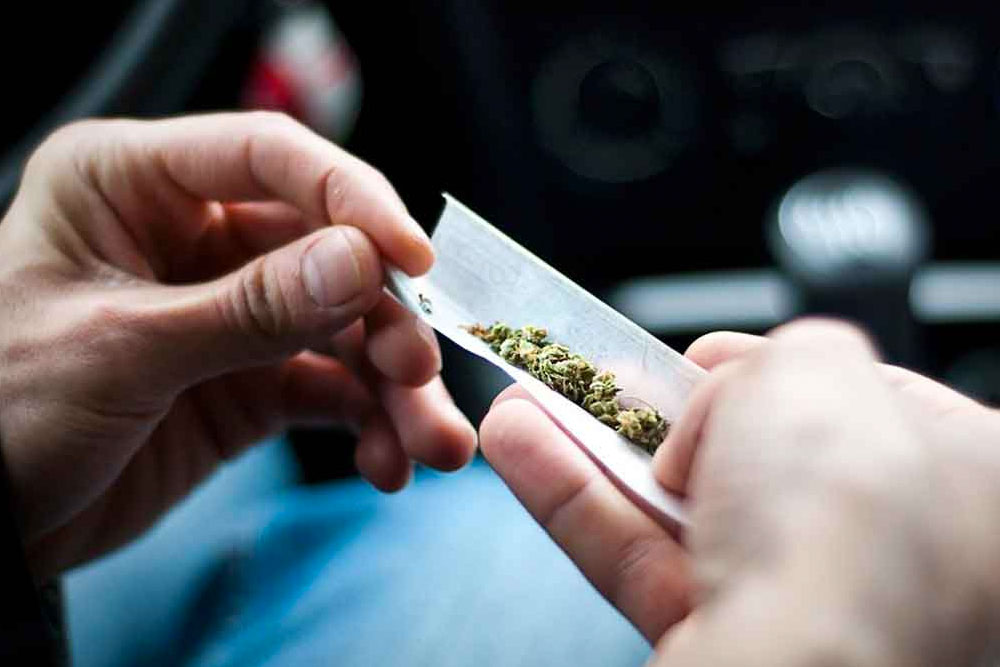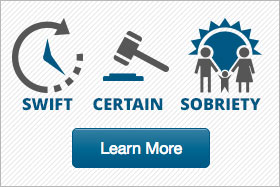
The passing of Proposition 64, “The Adult Use of Marijuana Act” propelled California to join the growing number of states legalizing marijuana for personal use. With this, California has also joined the difficult battle of understanding where law enforcement and the legal community stand regarding Driving Under the Influence of Drugs (DUID). Law enforcement and state prosecutors are now faced with the harrowing challenge of determining what ‘under the influence’ means, how to determine if someone is under the influence, and how to quantify the equivalent of a .08% BAC. To stay in front of this new law, California Highway Patrol has been tasked with determining new and better standards to determine reliable limits and testing methods of marijuana, receiving $3 million a year for the next five years to do so.
Increase in Driving Under the Influence of Drugs
While research has shown that marijuana is a safe substance, the way chemicals in cannabis plants are processed by the body still makes it highly dangerous to operate a vehicle while under the influence. Cannabis affects an individual’s sensory perception making their reaction times delayed, impairing their judgment, and decreasing coordination.
According to the San Diego Union Tribune, 30 people were arrested on suspicion of drugged driving in the first half of 2016. In 2017, between January and June, there were 69 arrests! San Diego County Sheriff’s Assitant, Mike Barnett, says he has seen a large increase in drivers caught driving under the influence of drugs. In a recent incident on Easter Sunday, Hyun Jeong Choi collided with a raised median on Pomerado Road in Scripps Ranch, causing her car to spin counter-clockwise and crash directly into Jon Warshawsky’s vehicle. The collision killed Amanda Walzer, Warshawasky’s life partner, and left him with severe brain injuries and paralysis. What caused this tragic collision? Inside Ms. Choi’s car investigators found a glass marijuana pipe sitting inside her center console, still hot from recent use. To say marijuana was the sole contributor to the crash would be inaccurate, but it most certainly played a significant role in the sudden death of Amanda Walzer.
How Much is Too Much Pot?
After alcohol, marijuana is the drug most often found in the blood of drivers involved in crashes, including fatal ones. Due to THC’s lingering presence in the body, it is difficult to determine the role marijuana plays in vehicle crashes. A 2015 National Institute on Drug Abuse study quantified the effects of marijuana equivalent to alcohol. 13.1 mg/ml of THC alone is roughly equivalent to .08% BAC; 8 ng/ml THC alone is roughly equivalent to .05% BAC; 5 ng/ml TCH in combination with .05% BAC is roughly equivalent to .08% BAC.
The Public’s Stigma Isn’t There Yet
Driving under the influence of marijuana puts you, your passengers, and other drivers at risk. Any mind-altering drug makes it unsafe to operate a vehicle, yet Just Think Twice, a drug information website run by the Drug Enforcement Agency says that 23% of 13 million driving-aged teens admitted to driving under the influence. That’s nearly 3 million impaired teen drivers on the road. Furthermore, a 2015 Gallup poll found that 70% of Americans think that it isn’t dangerous to drive while high on marijuana. And of those same individuals polled, 79% found it a very serious problem to drive while impaired by alcohol.
Despite there not being a solid foundation to base how dangerous it is or the level to which a person needs to be high for it to be unsafe, driving while your cognitive abilities are compromised is dangerous and illegal.
California Drugged Driving Penalties
- The penalties for driving under the influence of drugs are the same California DUI penalties that apply to driving under the influence of alcohol cases.
- In most cases, VC 23152(e) DUI of drugs is a misdemeanor in California. The consequences may include:
- DUI probation for 3 to 5 years
- fines (usually around $1800 for a first offense)
- completion of a California DUI school,
- a driver’s license suspension.
- a possible jail sentence depending on the county where it happens, your prior record and the circumstances.
- But Vehicle Code 23152(e) DUID can be filed as a felony if
- it’s your fourth or subsequent DUI offense,
- you have even one prior felony DUI conviction, or
- your driving causes an accident that injures a third party.





